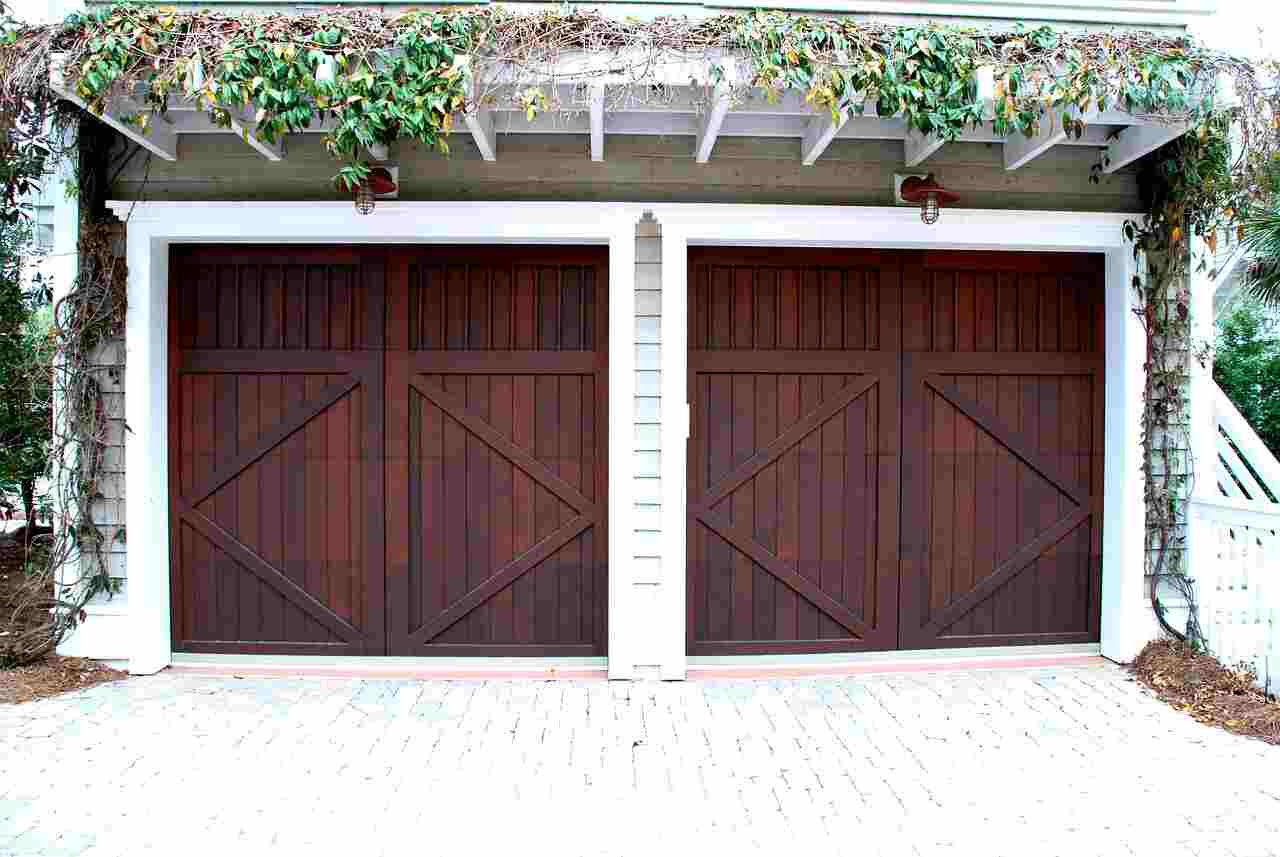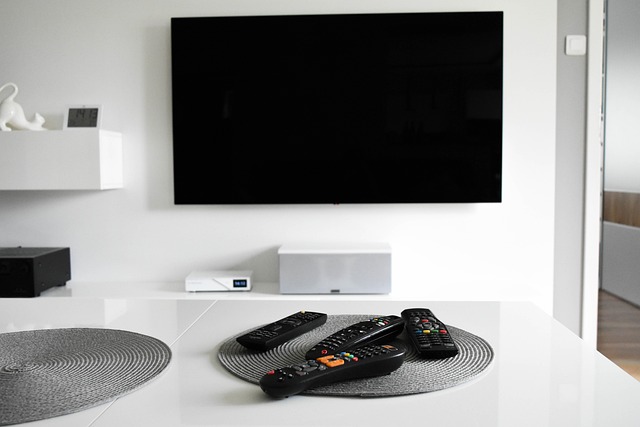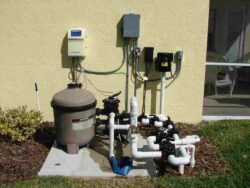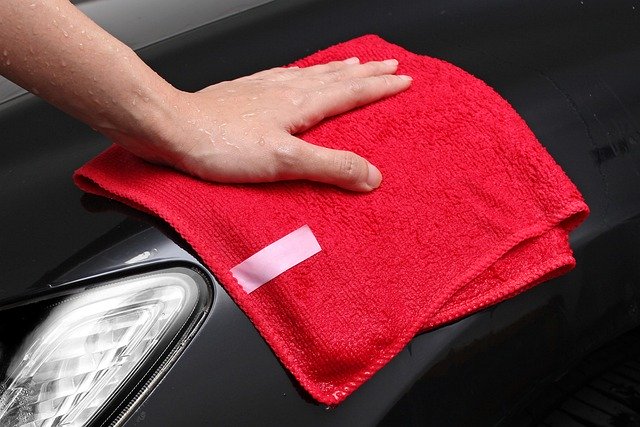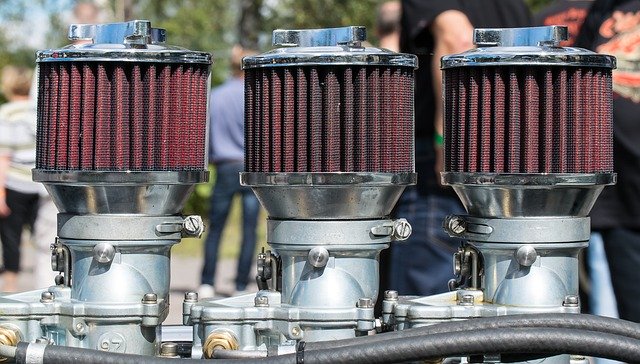Your home’s garage door stands as a sentinel, guarding the entry to your sanctuary and securing your belongings. It’s more than just a functional element; it’s a statement piece that contributes to your home’s curb appeal. However, like any part of your property, your garage door requires regular care to maintain its appearance and functionality. Neglecting this essential task can lead to a decline in its performance and a less-than-impressive aesthetic.
In this ultimate guide, we will take you on a journey through the world of garage door care. Whether your garage door is made of steel, wood, aluminum, or glass, we will provide you with the knowledge and steps needed to keep it in prime condition. The importance of regular cleaning and maintenance cannot be understated, and by the end of this guide, you’ll be equipped with the expertise to ensure your garage door remains a reliable and attractive feature of your home.
The benefits of caring for your garage door extend far beyond aesthetics. A well-maintained door operates smoothly, lasts longer, and enhances your home’s energy efficiency. So, let’s dive into the details of this often-overlooked aspect of home maintenance and discover how to maintain the heart of your home’s security.
Why Clean and Maintain Your Garage Door?
Before we delve into the specifics of garage door cleaning and maintenance, let’s understand why these tasks are essential. There are several compelling reasons to prioritize the care of your garage door:
- Curb Appeal: A clean and well-maintained garage door significantly enhances the overall appearance of your home. It’s often one of the first things people notice when they approach your property.
- Safety: Regular maintenance ensures that your garage door operates safely. Broken or damaged parts can pose risks to people and property.
- Functionality: A clean and well-maintained garage door operates smoothly, ensuring that it opens and closes as it should. This is crucial for both convenience and security.
- Longevity: Garage doors that are cleaned and maintained have a longer lifespan. Neglected doors are more prone to damage and deterioration, leading to costly repairs or replacements.
- Energy Efficiency: Well-maintained garage doors provide better insulation, helping to keep your garage and home more energy-efficient.
- Preventing Damage: Regular cleaning and maintenance help prevent corrosion, rust, and damage to the door’s surface and components.
Types of Garage Doors and Their Maintenance
Garage doors come in various materials, each requiring specific cleaning and maintenance methods. Let’s explore common garage door types and how to care for them:
1. Steel Garage Doors
Maintenance:
- Lubricate Moving Parts: Apply a silicone-based lubricant to the rollers, tracks, and hinges to ensure smooth operation.
- Inspect and Tighten Hardware: Regularly check for loose bolts and nuts. Tighten them as needed to prevent issues.
- Check Weatherstripping: Ensure that the weatherstripping is intact and sealing the door properly. Replace it if damaged.
Cleaning:
- Wash the Surface: Use a mixture of mild detergent and water to clean the door’s surface. Avoid abrasive cleaners that can damage the finish.
- Rinse Thoroughly: Rinse the door with clean water to remove detergent residue.
2. Wood Garage Doors
Maintenance:
- Refinishing: Wooden garage doors require periodic refinishing to protect them from the elements. Follow the manufacturer’s recommendations.
- Seal Cracks and Gaps: Inspect for cracks or gaps in the wood, and fill them to prevent moisture from entering.
- Check for Rot: Examine the wood for any signs of rot. If you find any, replace the affected areas.
Cleaning:
- Remove Debris: Start by removing leaves, dirt, and debris from the surface.
- Wash with Mild Detergent: Use a mixture of mild detergent and water to clean the door. Rinse thoroughly.
- Repaint or Refinish: After cleaning, apply a fresh coat of paint or stain as needed to protect the wood.
3. Aluminum Garage Doors
Maintenance:
- Inspect Seals: Check the bottom seal for wear or damage. Replace it if necessary.
- Lubricate Hinges: Apply a silicone-based lubricant to the hinges to prevent squeaking.
Cleaning:
- Wash Surface: Use a mixture of mild detergent and water to clean the aluminum surface. Rinse thoroughly.
- Check for Damage: Inspect for any dents or dings and address them promptly.
4. Glass Garage Doors
Maintenance:
- Lubricate Tracks: Apply a silicone-based lubricant to the tracks for smooth operation.
- Inspect Motor: Check the motor and electrical components for signs of wear or damage.
Cleaning:
- Wash the Glass: Clean the glass panels with a glass cleaner to remove smudges and dirt.
- Check Seals: Ensure that the seals around the glass panels are intact and in good condition.
Now that you have a general understanding of garage door maintenance, let’s dive into the step-by-step guide to cleaning and maintaining your specific garage door type.
Cleaning and Maintaining Your Garage Door: Step-by-Step Guide
Step 1: Clear the Area
Before beginning any garage door maintenance or cleaning, clear the area inside and outside the garage. Remove vehicles, tools, and any obstructions to ensure a safe workspace.
Step 2: Safety First
Safety is paramount when working on a garage door. Before performing any maintenance, disconnect the power to the automatic garage door opener to prevent accidents.
Step 3: Visual Inspection
Carefully inspect your garage door for any visible signs of damage or wear. Look for dents, dings, rust, chipped paint, loose hardware, and weatherstripping issues.
Step 4: Lubrication
Apply lubricant to the moving parts of your garage door. This includes the hinges, rollers, tracks, and springs. Use a silicone-based lubricant to ensure smooth and quiet operation.
Step 5: Tighten Hardware
Check for loose nuts, bolts, and screws. Tighten them as needed to prevent parts from coming loose during operation.
Step 6: Weatherstripping Check
Inspect the weatherstripping around the garage door. Make sure it’s in good condition and provides a tight seal. Replace weatherstripping that is damaged or worn.
Step 7: Cleaning
Clean the garage door according to its material:
- Steel and Aluminum Doors: Wash the surface with a mixture of mild detergent and water. Rinse thoroughly.
- Wood Doors: Remove debris, wash with a mild detergent, rinse, and apply a fresh coat of paint or stain as needed.
- Glass Doors: Clean the glass panels with a glass cleaner. Check and clean the seals.
Step 8: Replace Seals
If you find any damaged or worn seals during your inspection, replace them to ensure a proper seal and insulation.
Step 9: Address Damage
If you discover dents, dings, or rust on the garage door, address these issues. You can use a plunger or a specialized dent removal kit to fix small dents, or consult a professional for larger repairs.
Step 10: Test the Door
After completing the maintenance and cleaning, test the garage door to ensure it operates smoothly and without issues. Check for any unusual noises or misalignment.
Step 11: Regular Maintenance Schedule
Create a regular maintenance schedule for your garage door to prevent issues from accumulating. This may include periodic lubrication, inspection, and cleaning.
Tips and Tricks for Garage Door Care
- Safety First: Always disconnect the power to the automatic garage door opener before working on the door to prevent accidents.
- Use the Right Lubricant: Use a silicone-based lubricant for garage door components. Avoid using grease or oil-based products.
- Wash from Top to Bottom: When cleaning the garage door, start at the top and work your way down to avoid streaks and drips.
- Repaint or Refinish as Needed: Wooden garage doors may require periodic repainting or refinishing to protect the wood from the elements.
- Consult a Professional: If you’re not comfortable performing certain maintenance tasks, it’s wise to consult a professional garage door service.
- Inspect Regularly: Make it a habit to visually inspect your garage door for damage or wear, even outside of your regular maintenance schedule.
When to Call a Professional
While homeowners can handle many garage door maintenance tasks, some situations may require professional attention:
- Extensive or severe damage to the garage door, such as large dents, deep rust, or structural issues.
- For complex issues with the garage door opener or electrical components.
- If you lack the necessary tools or experience to perform certain tasks safely.
- When dealing with high-tension garage door springs, it’s essential to leave this to professionals, as they can be extremely dangerous.
Consulting a professional ensures that your garage door is properly maintained and repaired, protecting your investment and ensuring safety.
Conclusion
Your home’s garage door is not just an entrance; it’s an integral part of your property’s appearance, security, and functionality. Regular cleaning and maintenance ensure that it operates smoothly, enhances curb appeal, and extends its lifespan. By following the steps and tips outlined in this guide, you can enjoy a clean and well-maintained garage door, regardless of its material.
Remember that different garage door types have specific maintenance requirements, so tailor your approach accordingly. Whether your garage door is steel, wood, aluminum, or glass, the key to success is regular attention and proper care. Embrace the art of garage door cleaning and maintenance, and keep your home’s entryway looking and operating at its best.





